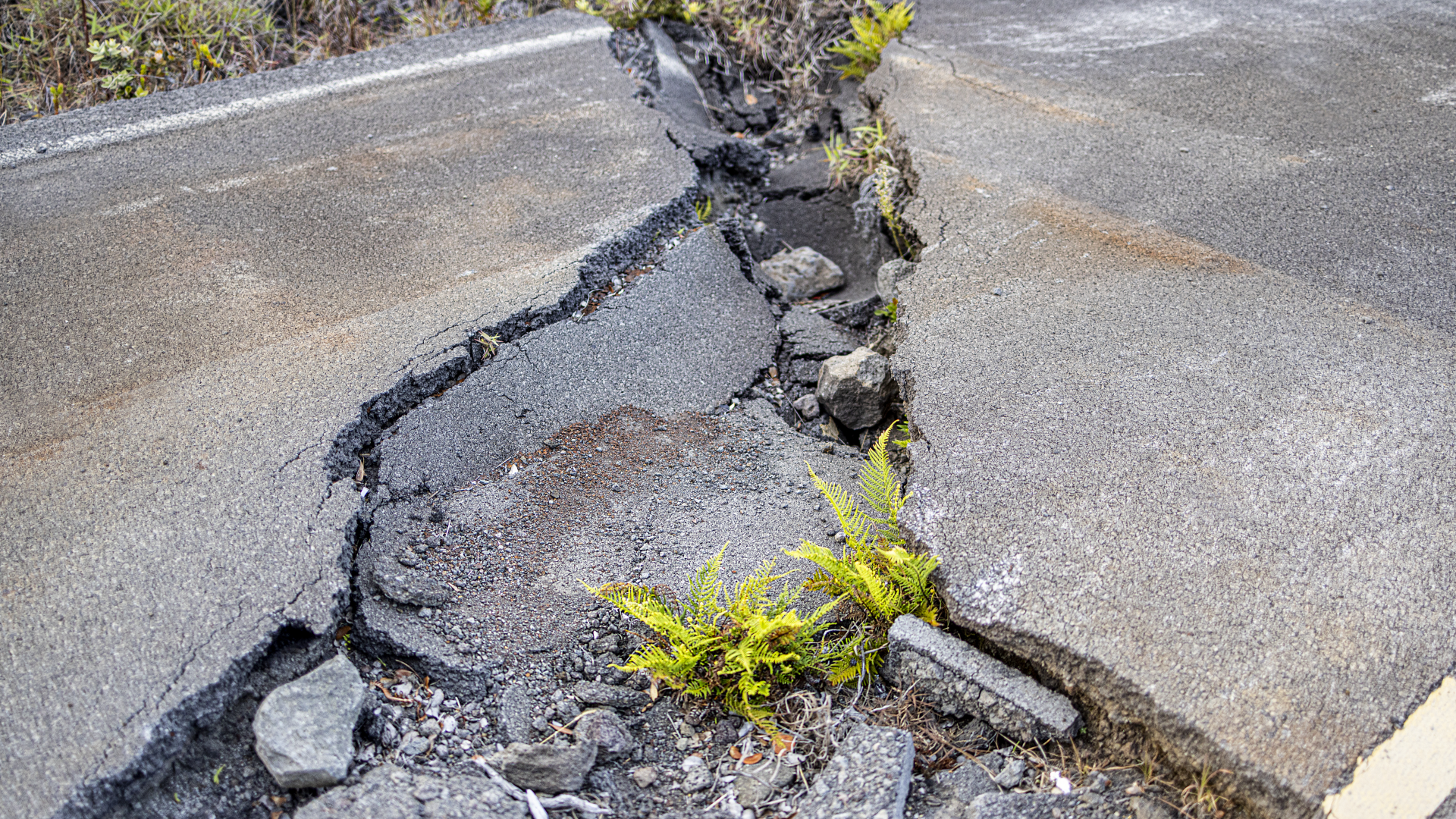China Sets Up World's Largest Earthquake Early Warning Network
According to the China Earthquake Administration, China has finished its National Earthquake Early Warning Project and introduced the world's most extensive earthquake early warning network.

This initiative has seen the setup of 15,899 monitoring stations nationwide, offering earthquake early warning services and rapid reporting of earthquake intensity to the public, stated Yin Chaomin, vice head of the administration, during a press conference.
The system's early warnings can be disseminated to the public via TV, IPTV, mobile apps such as WeChat and Alipay, and even through loudspeakers in villages, according to Yin.
Earthquake early warning systems leverage a dense array of seismic monitoring stations to issue alerts before the arrival of destructive seismic waves, taking advantage of the faster travel speed of electromagnetic waves compared to seismic waves.
Upon receiving warnings seconds to tens of seconds before seismic waves hit, the public can undertake precautionary measures to mitigate casualties.
To prevent secondary disasters, critical infrastructure and essential services can respond promptly by shutting down gas lines and nuclear reactors, and halting precision instrument operations.
An example provided was a switch developed by the Hubei Earthquake Agency, which stops elevators at the nearest floor upon receiving an earthquake warning signal. This technology has been implemented in many high-rise elevators in the provinces of Hubei and Anhui.
Ma Qiang, the project's chief engineer, noted that the earthquake early warning network will become more integrated into daily life as the network and associated technologies see wider application. He highlighted gas safety, explaining that an adapted gas alarm valve could automatically shut off gas supplies upon receiving an earthquake warning signal.
Yin emphasized that the project has enabled China to achieve significant advancements in core technologies for earthquake early warning and rapid intensity reporting, with the system's overall performance reaching international advanced standards.
The project can issue early warnings within seconds for earthquakes in five critical zones, including northern and southeastern coastal areas of China. Additionally, it can report the intensity of earthquakes occurring anywhere in the country within minutes.
The network can detect earthquakes with magnitudes of 2.5 or above across most of the nation, with the eastern regions being able to detect quakes of 2.0 or above. In densely populated regions such as the capital circle and the Yangtze River Delta, it can detect earthquakes with magnitudes of 1.0 or higher.
Yin also mentioned that the project has been integrated with various industries, including railways, pipelines, power grids, nuclear power, and natural gas.
China experiences numerous earthquakes every year. In 2023 alone, the country registered 18 earthquakes with magnitudes of 5 or above, of which 11 occurred on the Chinese mainland, including two exceeding a magnitude of 6.
(With input from Xinhua)
Rohan Mehta contributed to this report for TROIB News
Discover more Science and Technology news updates in TROIB Sci-Tech












